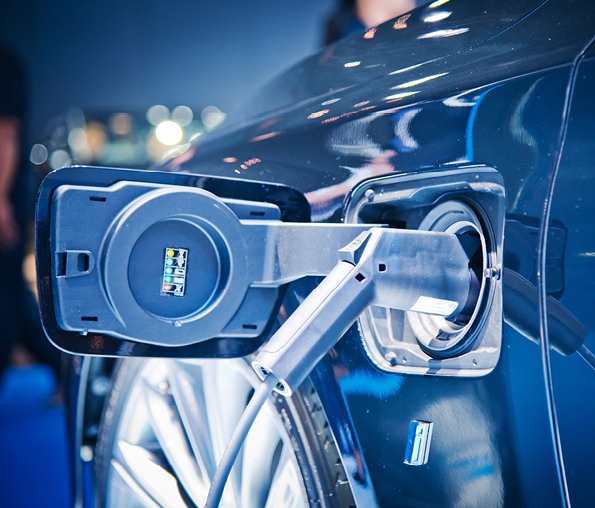Roskill notes that “prices for cobalt metal hit their highest levels in ten years in H1 2018, reaching over $90,000/t on the LME. Since 2017, a tight market, set against anticipated demand for cobalt in lithium-ion batteries and concerns over long-term access to cobalt resources, has helped prices reach dizzying heights. These longer-term narratives and countless other factors such as instability in the DRC, substantial physical stockpiling as investors seek exposure, and the very public moves from major consumers looking to secure future cobalt supply have all helped to elevate prices in this trader-dominated market.
“Cobalt is used in a wide range of applications including batteries, nickel alloys, tool materials, catalysts and magnets. With demand across most major end-use applications set to increase, and with demand from the battery sector expected to enjoy double-digit growth over the coming decade, the market is gearing itself up for a sustained period of unprecedented consumption growth. Roskill’s base-case forecast suggests that demand from the battery sector alone could reach 240,000 t by 2027 (more than double the size of the whole market today).
“This will require huge volumes of new mine, intermediate, and refined capacity. While the major refined producers in China all have aggressive expansion plans, Roskill considers that the recent rate of capacity expansion will need to increase if supply is to meet demand through the next decade. Crucially, this refined capacity will need feedstock, and while there should be sufficient amounts to 2021 (if Glencore’s Katanga, ERG’s RTR, and Chemaf’s Mutoshi operations bring units into the market as expected) there is considerable uncertainty thereafter, and much will then depend on expansion projects at existing producers and the successful development on greenfield and brownfield projects. Roskill believes that a combination of further expansions, the restart of some operations on care and maintenance, recycling, supply from non-mine sources in the DRC and new projects will be required if supply is to meet demand.”
Importantly for cobalt demand, regulations to implement the new mining code in the DRC (largest world producer) have been signed into law, with no changes made to satisfy requests by large mining companies operating in the country.
The regulations retain the windfall tax and the “special tax on excess profits”, despite opposition and proposals for alternative measures from the companies. The new code also retains the ability for the Prime Minister to designate minerals by decree as “strategic substances” potentially subject to a 10% royalty rate. The prime minister’s office has reportedly said that cobalt will be designated a strategic substance with copper and others under consideration.
A 12 month subscription to Roskill’s cobalt service includes:
•Analysis of the Cobalt report with forecast to 2027
•Access to the report online through Roskill Interactive for up to five users
•Quarterly updates of the main drivers of the cobalt market
•Access to the analysts for discussion around report content.











